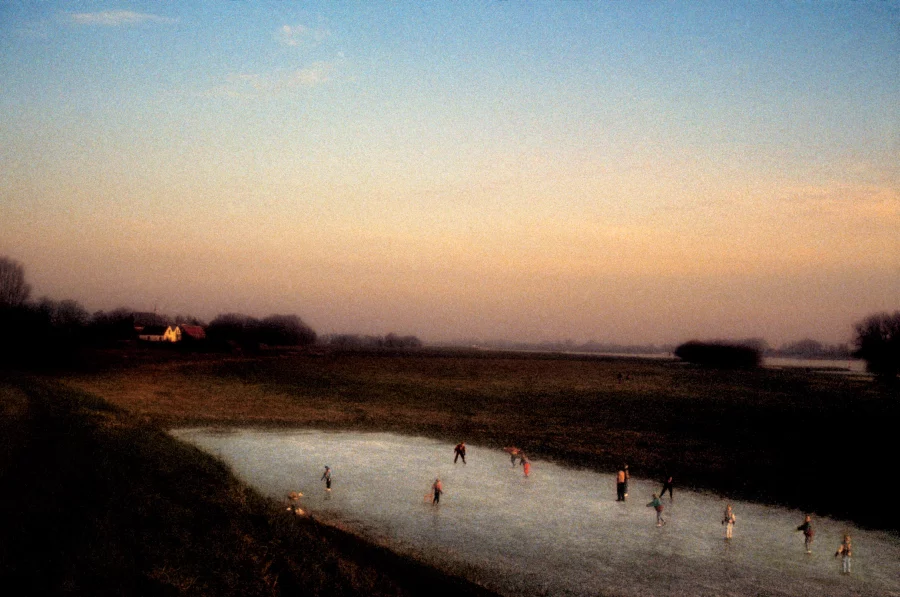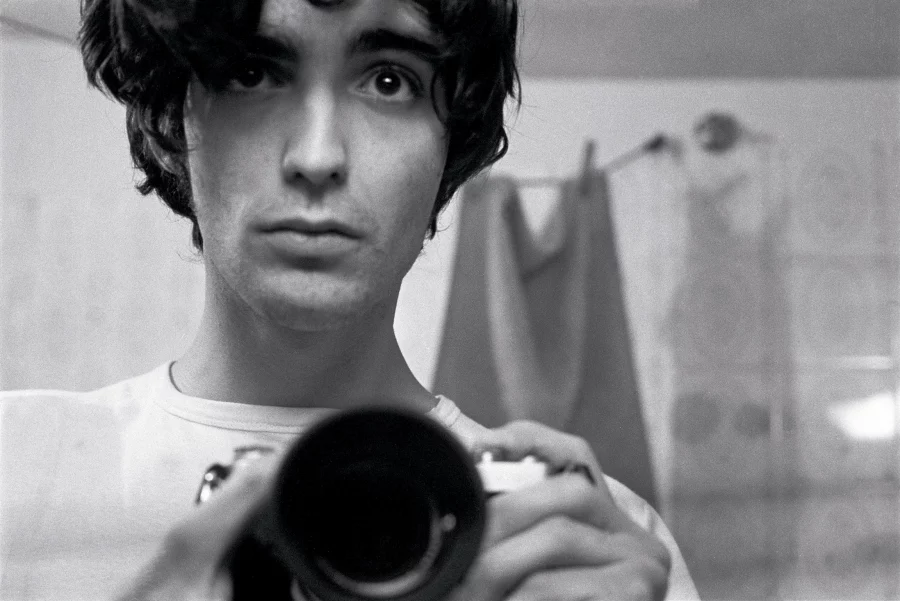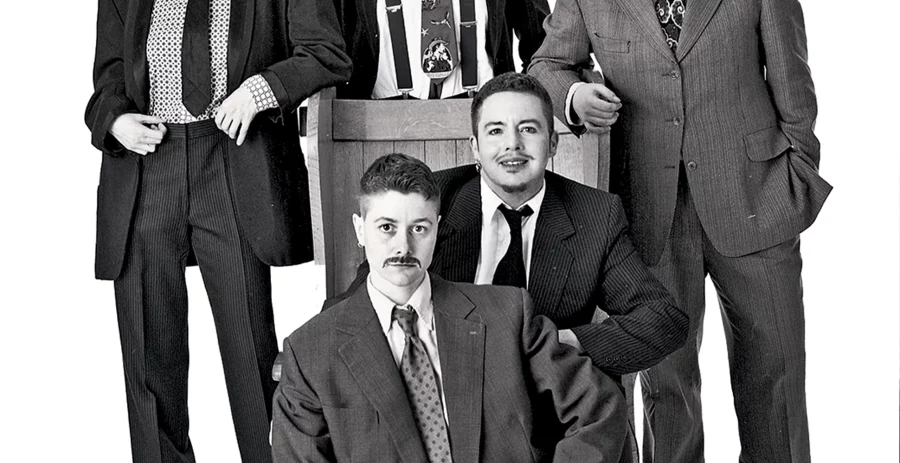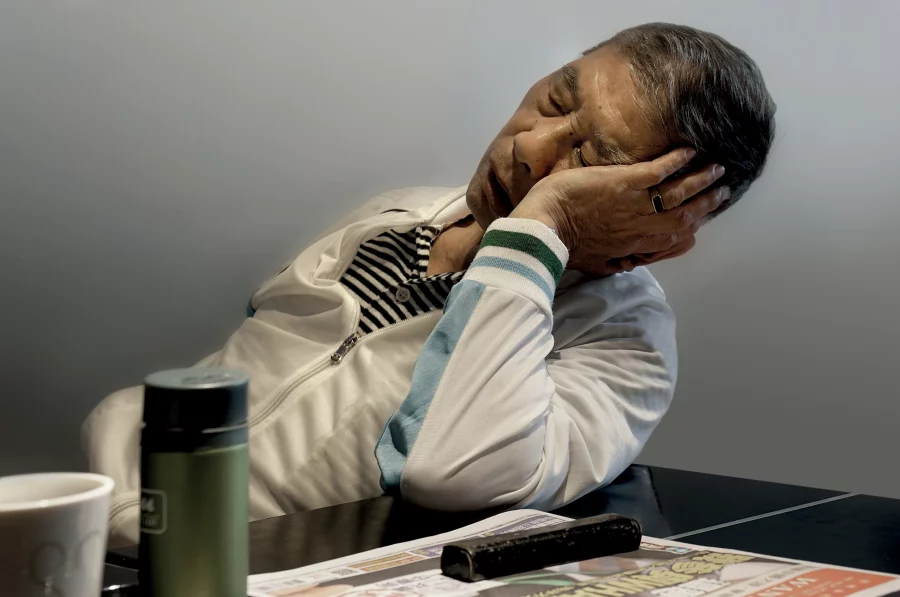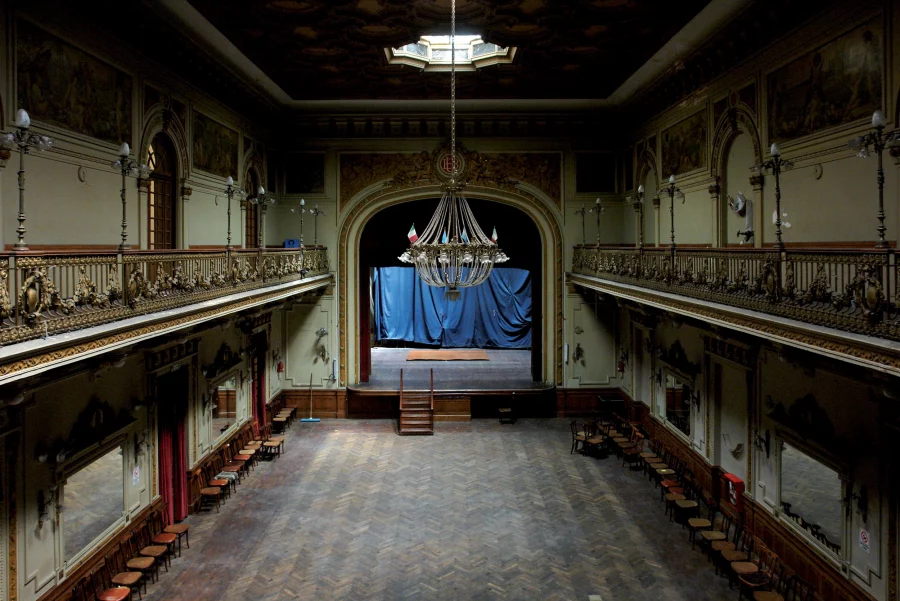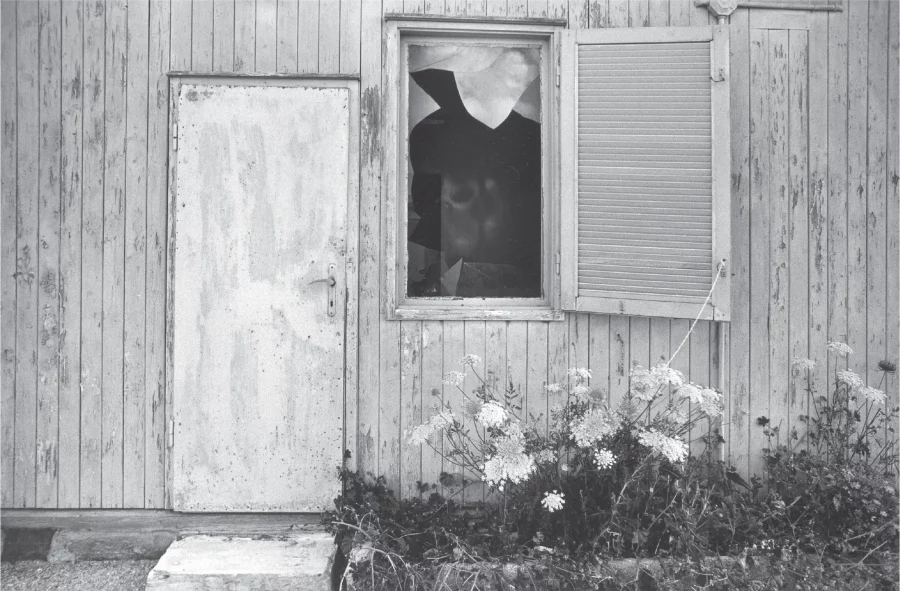Hashima, The Ghost Island | Decadencia
Fue una mina de carbón, un paraíso para sus habitantes, pero desde su clausura en 1974, Hashima se ha convertido en un lugar prohibido.
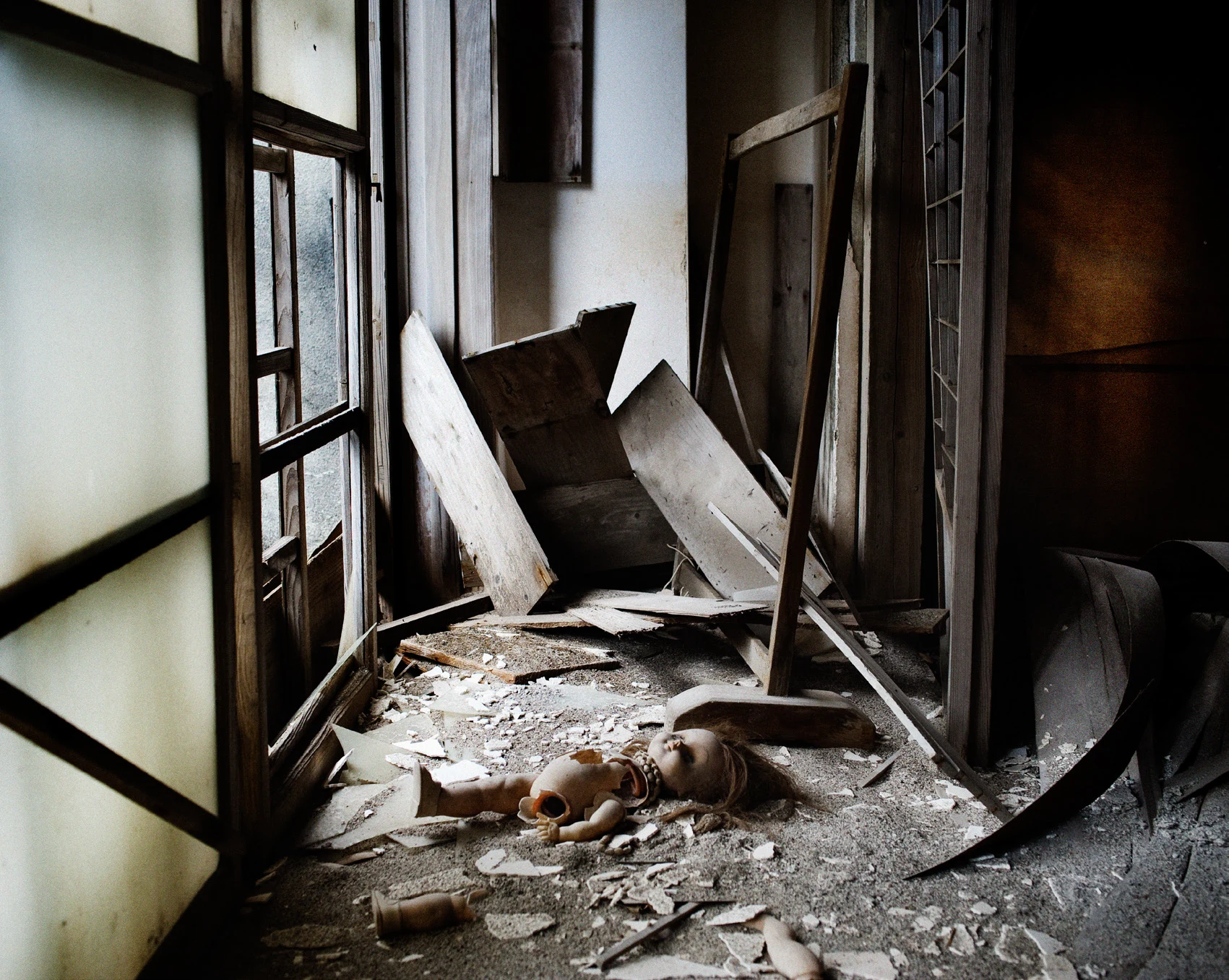
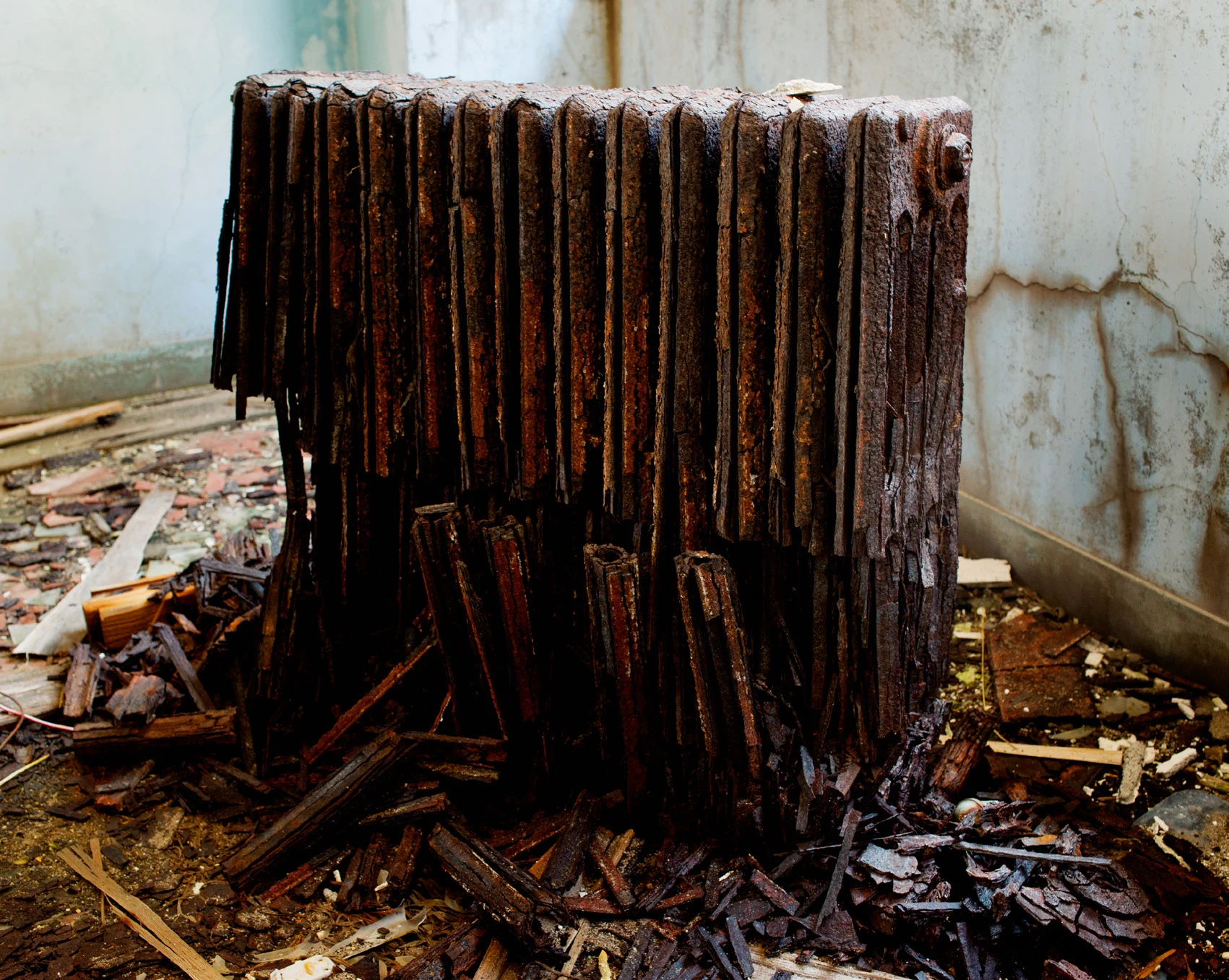
La isla de Hashima, conocida vulgarmente como Gunkajima (la isla de la batalla, en japonés) era tan sólo un arrecife de Nagasaki. Mitsubishi la compró en 1890 para explotar allí una mina de carbón, creando una islafactoría. La empresa construyó íntegramente una ciudad para los trabajadores de la isla, completándola con una escuela, un hospital, un cine, etc.
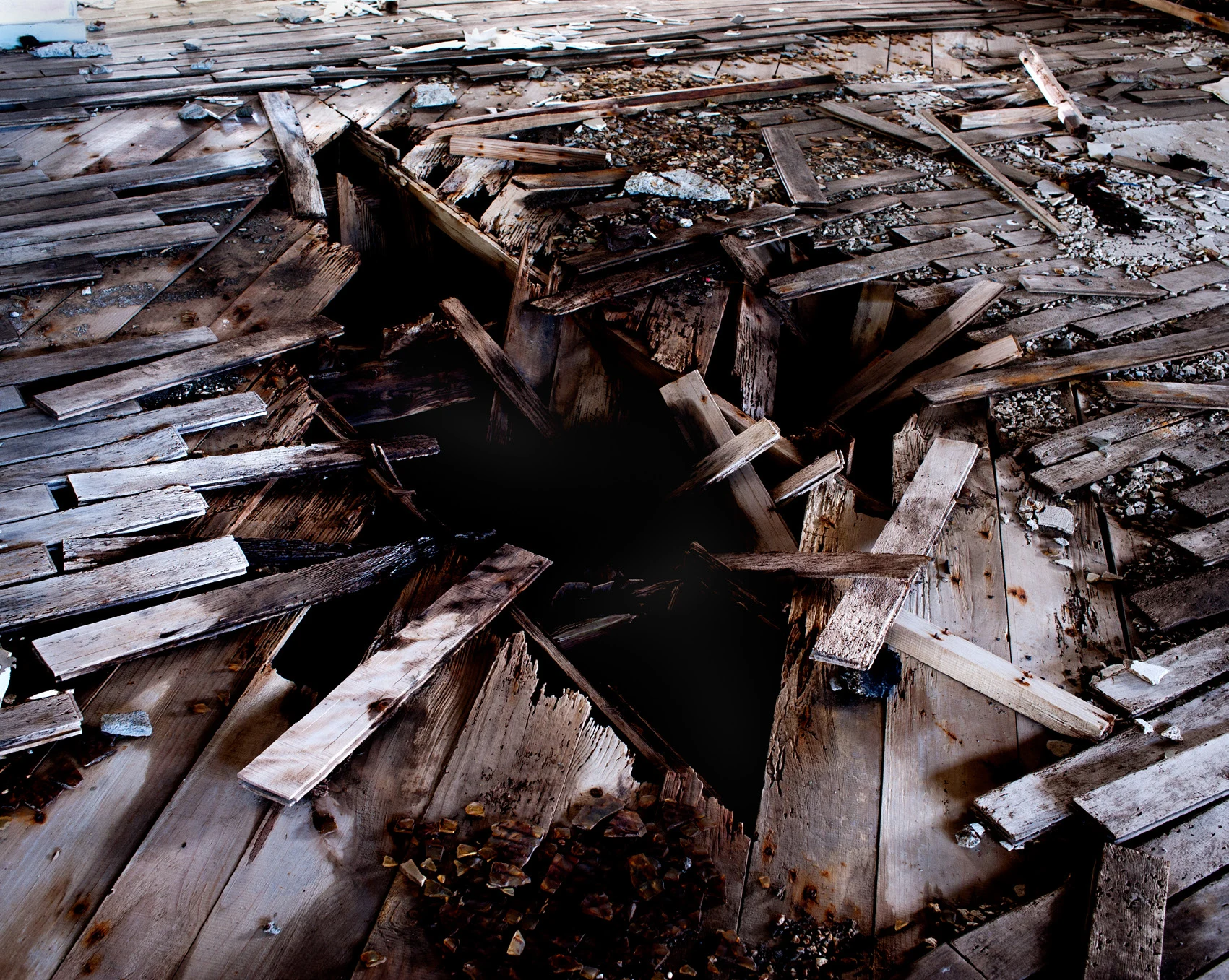

La isla fue construida como un castillo, rodeándola con una muralla para protegerla de la destrucción de los tifones. Para sus ciudadanos, vivir en la isla era un honor. A finales de los años cincuenta, Hashima tenía la mayor densidad de población del mundo, con 5.300 habitantes en 6,3 hectáreas. Sin embargo, en 1974 Mitsubishi anunció de manera oficial el cierre de la explotación. El carbón ya no era beneficioso. En tres meses, toda la población dejó la isla. Hoy en día, Hashima se ha convertido en una ciudad fantasma.
La isla de Hashima fue recientemente el telón de fondo de la última película de James Bond: Skyfall.

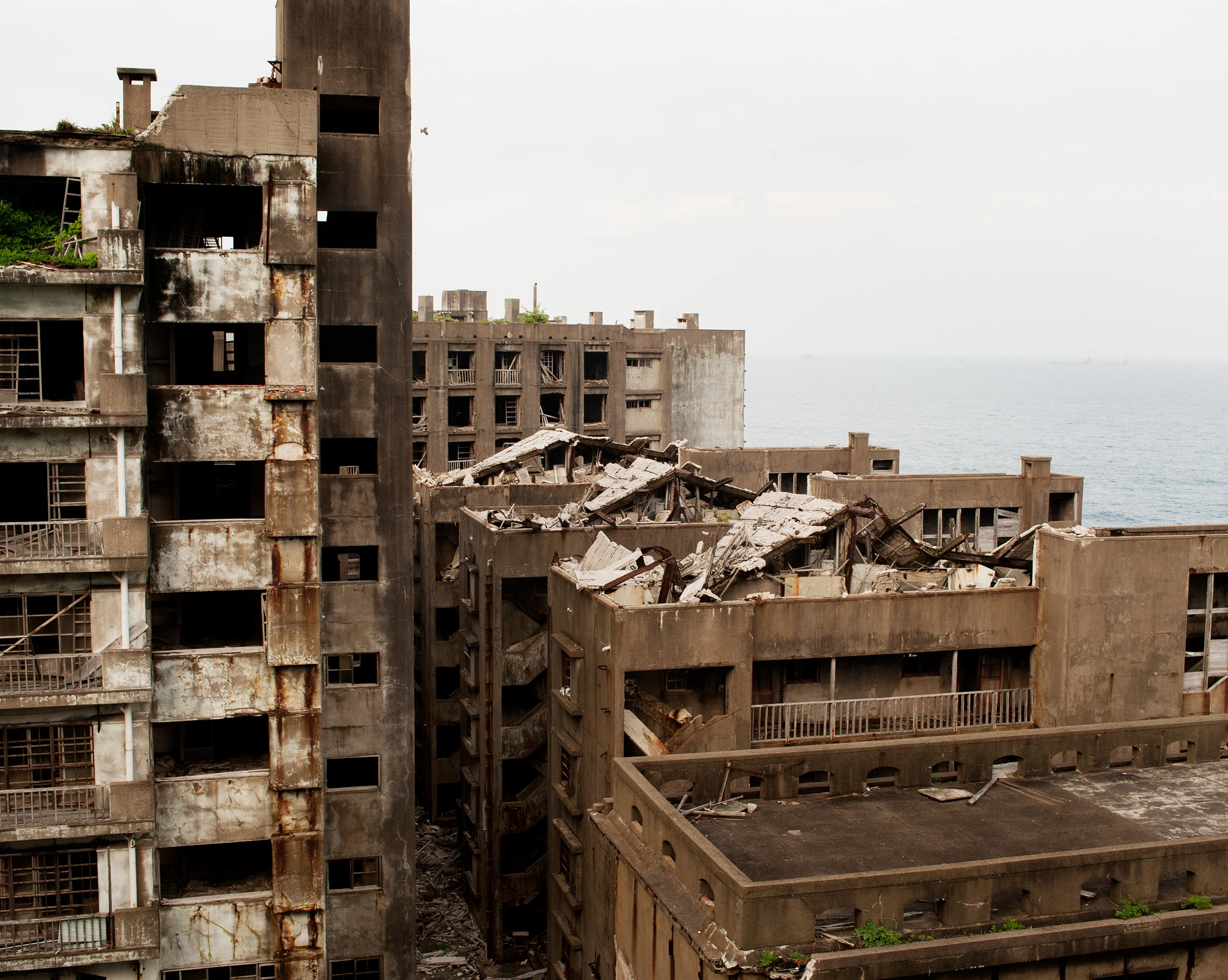
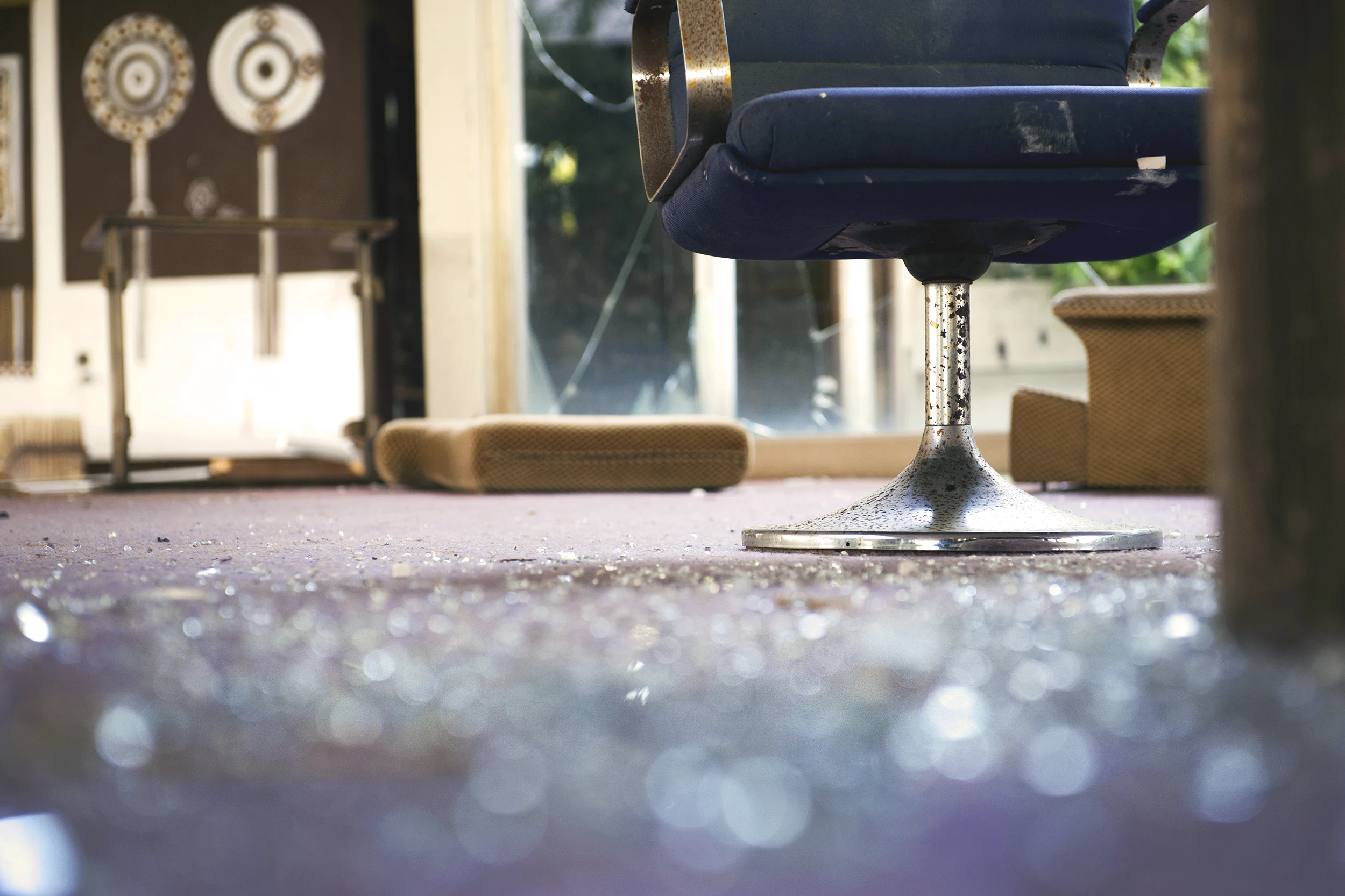
Este artículo es para suscriptores de ARCHIVO
Suscríbete





